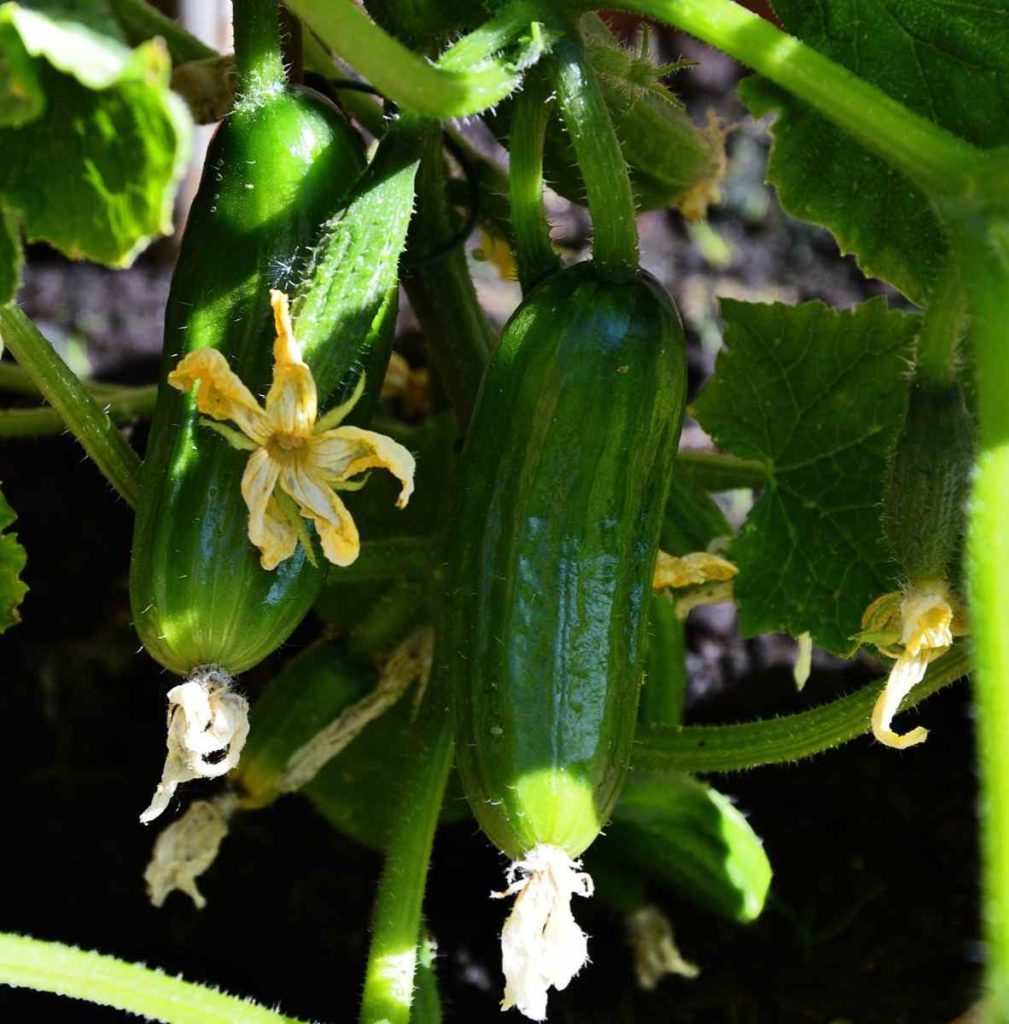Now is the perfect time to start thinking about what you’d want to grow in your vegetable garden this year. When planning a garden, there are several factors to think about. The choices taken can affect both disease and pest problems and total yields. So, planting calendars play a vital role. Below we learn the Kentucky vegetable planting calendar, a seasonal vegetable gardening guide for Kentucky, month-by-month planting schedules for Kentucky gardens, and about the planting zones of Kentucky.
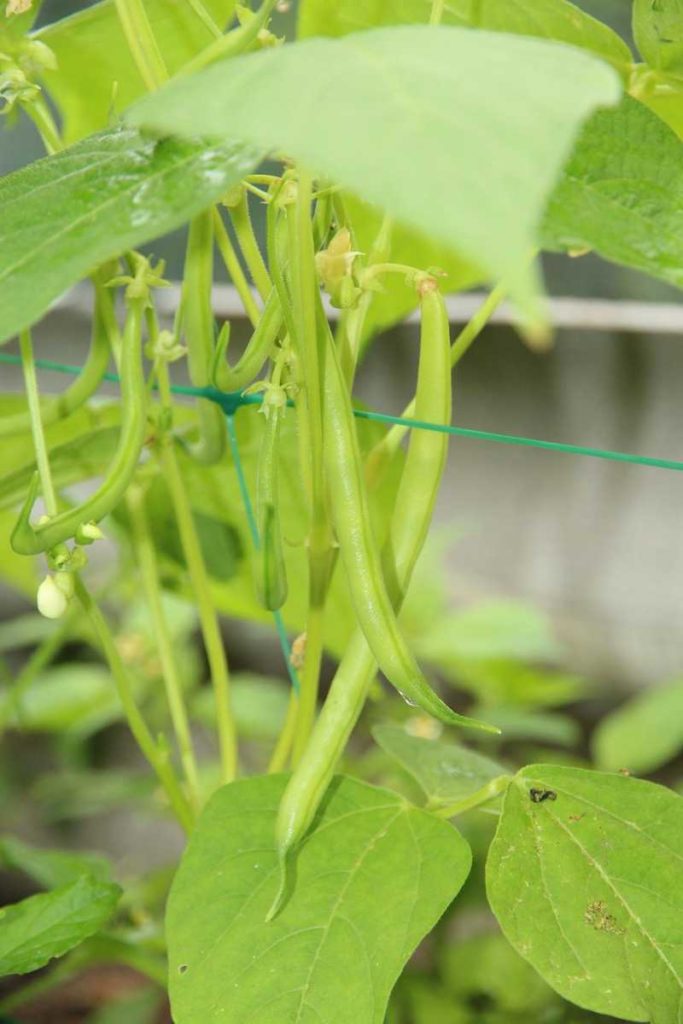
Kentucky Vegetable Planting Calendar (KY)
What can you plant in February in Kentucky?
Vegetables like cauliflower, cabbage, and kohlrabi can be started from seed in early February and planted outside later in the spring. If there has been little snow or rain this winter and a warm day in February rolls around, giving your plants a good soaking can help them survive the remainder of the season with little harm. Irrigating evergreens during the dry winter months is very helpful. If your butterfly bush, clethra, beautyberry, or hydrangea paniculata is grown too big for its space, now is the time to trim it (or wait until early March).
Don’t prune any shrubs that bloom in the spring just yet; doing so would mean killing the buds that might otherwise open. Does your yard need some early bloomers? Hellebores, if planted now, will likely start flowering this month and continue until March. In search of a splash of color? Planting bulbs now can ensure that you get blooms in the spring. To determine where to put plants in your yard come fall now is the time to snap pictures of the yard from different angles.
When should I plant tomatoes in Kentucky?
Freezing temperatures are fatal for tomato plants. You should never plant anything until the threat of frost has passed. Some people, eager to get their hands on fruit as soon as possible, plant much ahead of schedule and then protect it from frost by wrapping it in blankets at night. Put off planting your tomatoes in central Kentucky until after Derby Day or Mother’s Day. You can begin planting tomatoes at regular intervals beginning in early April and continuing through the end of June.
Staggering your plants will give you gorgeous tomatoes until October 1st. Some things are essential to know before you expand. Tools and techniques simplify cultivating desired foods, facilitate timely harvesting, and protect plants from pests and diseases. Tomatoes come in many shapes and sizes, from the little cherry varieties to the enormous beefsteak slicer tomatoes. The time of year and the purpose of eating the fruit are significant considerations.
Tomatoes are often associated with their bright red color, although they also come in yellow, orange, deep burgundy, and pink. Different tomato varieties are either determinate or indeterminate in their development patterns. Try to choose plants with thick, straight stems, the thickness of a pencil or thicker, and a dark green hue. Avoid plants with diseases, pests, or stress, such as yellowing leaves or patches. Tomatoes are warm-season crops that die under frost or other cold conditions.
Typically, we advise planting between the first and fifteenth of May, when the soil has had time to warm, and the threat of frost has passed. To maximize your tomato crop, set aside the sunniest locations for growth. This is why it’s ideal for novices or those looking for a modest yield to start with container gardening. Plants in containers are easily relocated to better light, water, and placement near outdoor cooking areas.
Small bush-like (determinate) plants should be spaced 1.5–2 feet apart in the garden, while bigger plants that will be staked should be spaced 3–4 feet apart. Caging will be easier if bigger plants are spaced at least 3 to 4 feet apart. Be careful to give it enough water so the roots can spread and touch the soil. A starting fertilizer must be watered into the soil to help establish healthy root systems.
In case you missed it: How to Plant and Care for Begonias: A Step-By-Step Growing Guide for Beginners
How late can you plant green beans in Kentucky?
Beans are grown throughout the warm months. Don’t dig in your heels and start planting until you know that frost is no longer an issue. This occurs in Kentucky about the second week of May. Planting beans every two or three weeks until early August will provide a steady harvest throughout the summer. Plant bush bean seeds 3 to 4 inches apart in a row and 1 inch deep. Space each row out by at least 2 or 3 feet.
Growing pole beans requires creating a series of bean hills spaced apart by approximately three feet. Drive a stake into the top of each hill between 6 and 8 feet deep. Cover the stake with three or four seeds. Plant seeds at a depth of approximately 1 inch. To reduce the likelihood of diseases, move bean plants to a new location in the garden every year. Changing what you plant in your garden each year is especially important if you just have a tiny space to work with.
Beans for one person’s fresh usage can be harvested from a 15-foot row of bush beans or a 5-foot row of pole beans. If you want to store beans in the freezer or pantry, or if you need to provide for more than one person, you should plant additional beans. You shouldn’t plant last year’s saved seed this year since it won’t germinate. To a certain extent, disease resistance in the treated seeds can be natural.
Beans that contain Mexican bean bugs or bean leaf beetle can have holes in their leaves. Contact your county extension agent for up-to-date advice on dealing with these and other pests. Rust disease is a problem for other bean species as well. Bean leaves should be kept as dry as possible by directing the water into the beans’ roots rather than the plant and using resistant bean types. The morning dew can be avoided by planting them in a spot that receives enough sunlight first.
When beans reach the size of a pencil, they are ready to be harvested. Gently remove them from the plant without damaging the young beans or blooms. Beans can be picked regularly as they become ripe, and the plants will continue to produce for up to two weeks. Planting beans every two weeks should provide a continuous yield up to the first frost. Flowers and young beans can wither and fall off in high temperatures. But as temperatures drop, fresh flowers will emerge, resulting in another crop of beans.
When can I plant broccoli in Kentucky?
When choosing a location, look for one with good drainage; soils that retain water should be avoided. The mildly undulating terrain is OK. Land that has already been planted with tobacco is ideal for this crop. If the sod is plowed under in the early autumn and given time to disintegrate, fescue sod ground is also useful. Preparing a field and crop for early sales requires plowing it in the autumn so it can be planted in the spring.
Spring broccoli can bolt if planted too late; after the middle of April is too late. Broccoli is best grown in the autumn and should be planted by the middle of August. Even if you wait until early September to plant, you should still have an excellent harvest if it’s a good year. Direct sowing of broccoli is possible, but transplanting is necessary for an early market. Seedlings of broccoli have difficulty establishing in dry, hot soil; planting them in the late summer via transplants will result in more consistent stands in the autumn.
The optimal spacing for broccoli production has to be carefully considered. Plants spaced more closely together produce smaller heads, while those spaced further apart produce bigger ones. Crown cuts often have a spacing of 12–14 inches, whereas bunching varieties typically have a spacing of 10 inches and are arranged in double rows. The typical size of the head needed to succeed in wholesale marketplaces is lower than that of retail. The plant density is based on the required size of the plant’s head. Thus, it’s important to know what it is.
In case you missed it: Kansas Vegetable Planting Calendar (KS): Month Wise Guide for Fall, Winter, Spring, Summer, Zone 5, Zone 6, and Zone 7
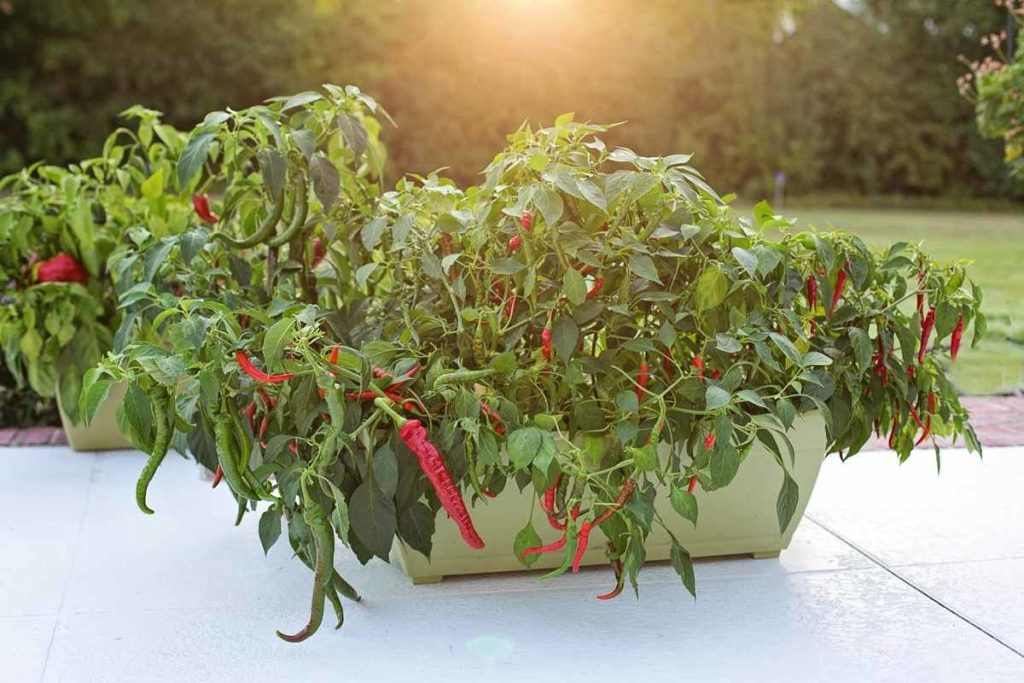
What is the best tomato to grow in Kentucky?
Secondly, having a good time trying out all the various kinds of tomatoes. There are many options, but usually, sample at least a few new sorts. Black Krim, Cherokee Purple, Rutgers, Super Sweet 100s, Green Zebra, and Mortgage Lifter are many people’s favorite cultivars. Always remember that there are two primary varieties of tomatoes to choose from (indeterminate and determinate) when planting a garden.
It’s possible to select fruit from indeterminate plants whenever you choose throughout a considerably longer period. Moreover, they have the potential to grow to enormous proportions and do best when planted in the ground. When planning to can or prepare sauce in large quantities, determinates are the way to go since they fruit in a considerably shorter timeframe. Above-ground containers are ideal for growing determinates.
Planting zones of Kentucky
The center location of Kentucky means that the state has relatively mild and warm weather all year round, making planting zones 6 and 7 suitable for cultivation. Moderate winters and tropical summers are prevalent year-round. The state is mostly humid subtropical. In contrast, the Appalachians significantly affect the state’s oceanic climate in the southeast, where the state’s highest altitudes are located. When it comes to winter weather, the state rarely experiences prolonged periods of subzero temperatures.
Temperatures rarely exceed triple digits in the summer and rarely drop below zero in the winter. Planting zones in Kentucky are quite similar to one another. Only the state’s southwestern portion is in zone 7a; the rest is in 6a or 6b. You must know your planting zone to choose Kentucky’s correct plants, flowers, and veggies. An online map can help you determine the appropriate planting zone for your location.
Each region is broken down into “growing zones” based on average temperatures and the average times of year for the first and last frosts. These guides inform gardeners which plants will grow and which will not. Choosing the right plant kinds for the climate in Kentucky is the first step in developing a successful garden. Keep in mind that it is OK to use plants from lower zones, but higher zones should not be used. If you do, anything that has to be planted in a warmer temperature zone is more likely to perish throughout the winter.
Gardens in Kentucky often include an abundance of plant and flower varieties. Many luxuriant plants, from begonias to salvia, can be found and will flourish. Furthermore, euphorbia diamond frost, cosmos, angelonia, cosmos, and summer snapdragons thrive there. These are some of the people’s favorites among the various flowers that grow there. Abundant harvests can be obtained by planting sweet corn, carrots, broccoli, squash, beans, radishes, peas, and tomatoes.
What can I plant now in Kentucky?
Spring gardening in Kentucky
Late February or early March is the best time to prune roses in Kentucky. Maintaining attractive, flowering rosebushes requires just one annual winter trim. Carrots, lettuce, collards, peas, radishes, and spinach are just a few of the cool-weather tolerant vegetables that can be planted early in the growing season. Sow them in flower beds, along borders, or in containers. Annuals that thrive in cold temperatures, such as dianthus, pansy, snapdragon, and viola, can also be planted.
Learn about your options for container gardening throughout the cooler months. Things in the garden are picking up pace as the weather warms. Taking off the winter mulch will allow the soil to warm up and stimulate new growth. Dead foliage from annuals and perennials should be removed and composted. Plant new trees, bushes, and perennials in your yard now that the weather has cooled and the rains have started. Now is an excellent time to split established perennials to gain extra plants and rejuvenate their vitality.
You can safely grow spring annuals in Kentucky after the last frost date. Vegetables that thrive in warmer weather, such as tomatoes, peppers, squash, and sweet corn, can be planted after the last frost. To get the most out of your garden, grow various herbs, veggies, and flowers. Put down some Mulch. Put down a summer mulch layer of two to three inches after the soil has warmed. If you do this, the soil won’t dry up as quickly and won’t bake under the summer sun. Furthermore, it effectively prevents the growth of unwanted weeds.
In case you missed it: Iowa Vegetable Planting Calendar/Guide (IA): Month Wise, Fall, Winter, Spring, Summer, Zone 3, Zone 4, Zone 5, and Zone 6
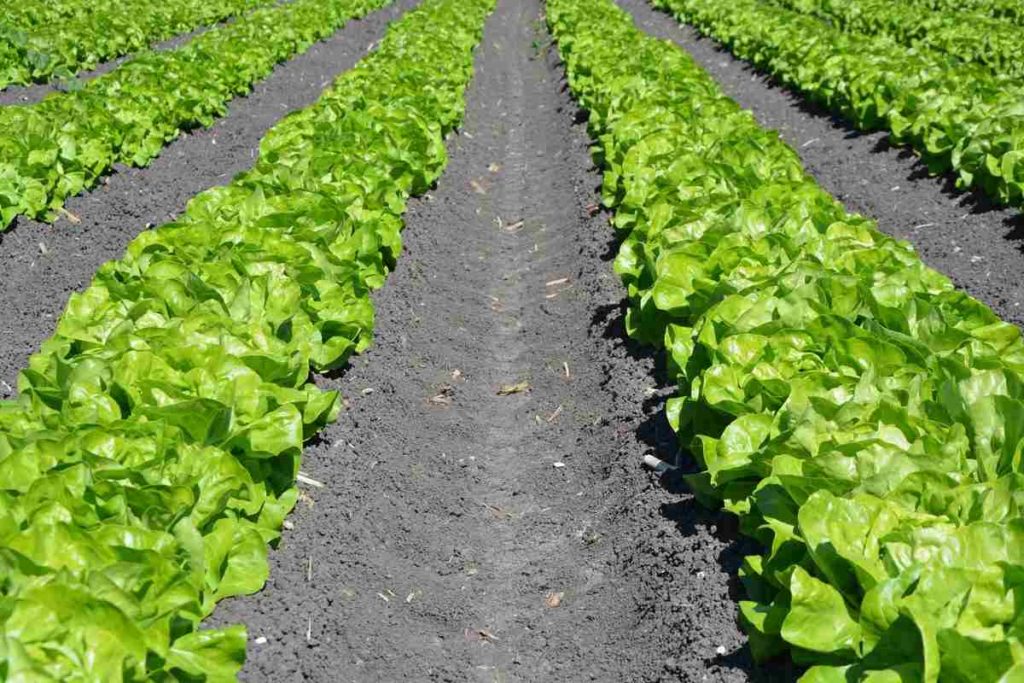
Fall gardening in Kentucky
Continue to take pleasure in your garden and add new plants at any time. The approaching weeks are ideal for growing a wide range of fruits and vegetables in Kentucky gardens, with many of these things remaining fresh far into the autumn. Many crops’ sugar content and quality can be increased by later-season cooler nights. Because of the cooler evenings, your crops may take longer to develop than in the summer. Keep this reduced rate in mind when calculating the number of days before the seed will sprout.
Carrots, Bush beans, kale, sweet corn, collards, turnips, bibb lettuce, and cole crops including kohlrabi, brussels sprouts, Chinese cabbage, cabbage, cauliflower, and broccoli should be planted for the final time in early August. Spinach greens, mustard greens, turnip greens, radishes, and leaf lettuce are all excellent options for planting in late August and early September. It is best to clear the garden bed of any existing plants (both desirable and undesirable) and discard them in the compost bin before preparing the soil for planting.
You may not need to add fertilizer if the last crop thrived on the soil’s existing nutrients, but if it didn’t, you should use roughly 2 to 3 pounds of a complete fertilizer, like 5-10-10 or 10-10-10 per 100 square feet of planting space. Autumn is a dry period in Kentucky, so keep your garden irrigated. Watering the soil to a depth of 6 or 8 inches should be sufficient once a week using irrigation. An inch of rain every week is about comparable to this.
Summer gardening in Kentucky
Extreme heat calls for more frequent watering of plants to keep them healthy. In a drought, laying soaker hoses beneath the mulch effectively hydrates landscape plants without wasting as much water via evaporation. Not interested in having to water, huh? Cacti and succulents are perfect for low-maintenance gardening since they can be grown inside or outdoors. They don’t need to be watered for weeks at a time; if it rains sometimes, you may not even have to.
To discourage pests from eating your hard work, harvesting your vegetable garden regularly is essential. Overripe or decaying fruits attract a wide variety of pests and pathogens. Look for any symptoms of pests or diseases on your plants. For instance, removing a few infected leaves can often stop a disease from spreading and killing the whole plant. Easy-care, heat-loving cultivars should be used to replace any tired annuals.
Raise the height of your lawn mower’s blade a notch or two during hot, dry spells to help keep your grass green and healthy. Longer grass blades will make your lawn healthier and more robust. Now is an excellent time to begin composting if you haven’t already. Composting food scraps, yard trimmings, and other items may reduce trash output and boost your garden or landscaping over time. Fresh autumn harvests can be had by planting beets, spinach, lettuce, and turnip greens in the month of August.
Winter gardening in Kentucky
Start thinking about next year’s garden in January. What are you hoping to cultivate, tomatoes, perhaps? Carrots? Kohlrabi? What proportion of each plant kind should you grow to meet your needs? Create a strategy and timeline for planting next. When and where should they be planted? Do you wish to purchase plants from a nursery or grow seeds of cold-sensitive plants indoors? Get your garden, your seed purchased, and your mind set on sun-ripened produce. In February, you will finally begin to dig in.
In case you missed it: Indiana Vegetable Planting Calendar/Guide (IN): Month Wise, Fall, Winter, Spring, Summer, Zone 5, and Zone 6
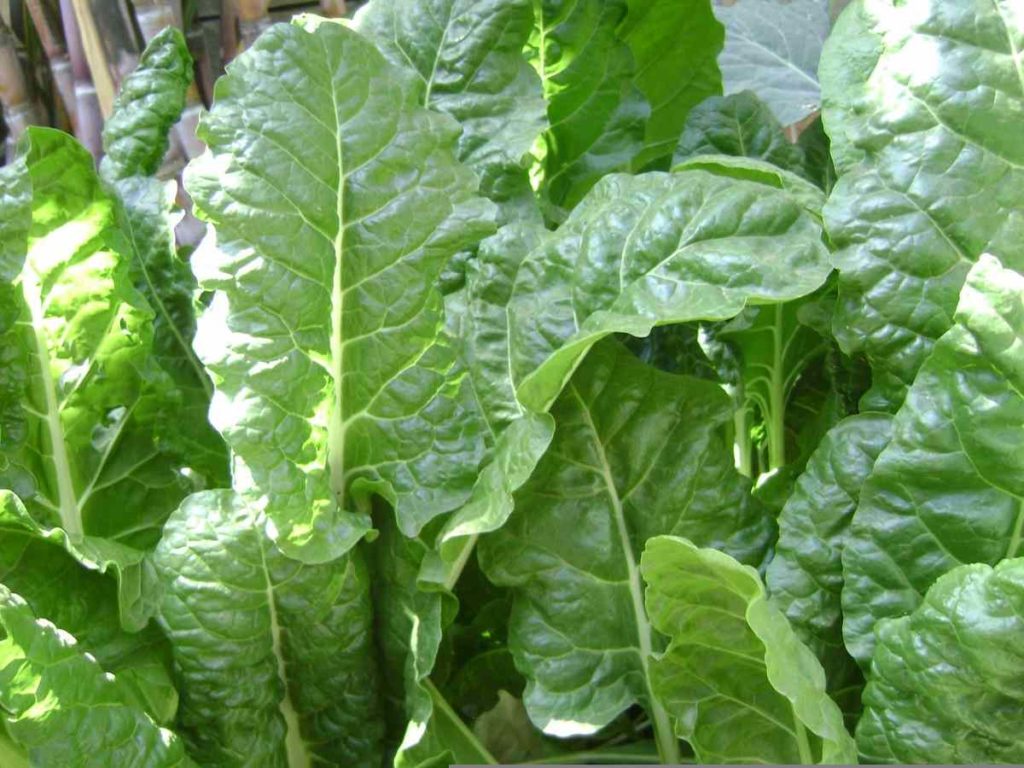
Plant peas, shallots, garlic bulbs, grapevines, and fruit trees and shrubs as soon as the ground has thawed. The planting season typically starts in March. Cauliflower, Early March is an excellent time to direct-sow cruciferous vegetables like broccoli and spinach and establish fruit trees, shrubs, and grape vines.
Midway through the month of March is when you may start planting your lettuce, cabbage, kale, and arugula seeds, in addition to your turnips, beets, and carrots. Asparagus, leeks, kohlrabi, mustard, potatoes, parsnips, onions, and Swiss chard are some more veggies that can be planted in March.
Kentucky vegetable planting calendar
| Vegetables | Zone 6 | Zone 7 |
| Beans | May to mid-Oct | Apr to mid-Oct |
| Beets | Mid Mar to June mid-July to mid-Oct | Mar to May Aug to Oct |
| Broccoli | Mar to mid-June mid-July to Oct | Mid Feb to May Aug to mid-Nov |
| Brussel Sprouts | May to Oct | Mid Apr to mid-Sep |
| Cabbage | May to Oct | Mar to mid-June mid-July to Oct |
| Carrots | Apr to June Aug to Oct | Mar to mid-June Aug to Oct |
| Cauliflowers | Mar to mid-June | Mid Feb to Ma Aug to mid-Nov |
| Corn | May to Sep | May to Aug |
| Cucumber | May to Sep | May to Aug |
| Kale | Mid Mar to mid-Jun Aug to mid-Nov | Mar to May Aug to mid-Nov |
| Lettuce | Mid Mar to mid-June Aug to Oct | Mar to May Aug to Oct |
| Onions | Mid- Mar to Aug | Mar to Aug |
| Peas | Mid Mar to May Aug to Oct | Mid Feb to mid-May mid-Aug to mid-Nov |
| Peppers | Mid Mar to Sep | Mar to Sep |
| Spinach | Mar to June mid-July to oct | Mar to June Aug to mid-Nov |
| Squash | May to Sep | May to mid-Oct |
| Tomato | Mid Mar to Sep | Mar to Sep |
In case you missed it: Idaho Vegetable Planting Calendar/Guide (ID): Month Wise, Fall, Winter, Spring, Summer, Zone 3, Zone 4, Zone 5, Zone 6, and Zone 7
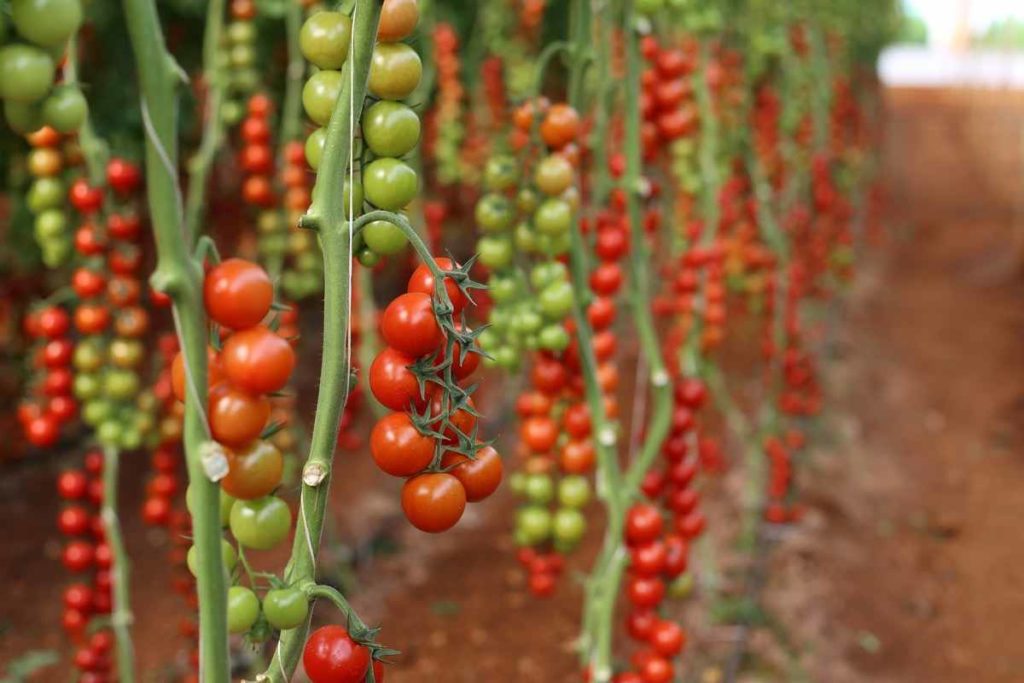
Conclusion
Immediately after planting, take precautions to ensure your plants survive the winter. Even if the soil is at the perfect temperature and the last frost date has passed, a surprise cold snap can still damage sensitive crops and flowers. Frost coverings can be bought online. If you live in the following towns, cities, and counties of Kentucky (KY) of Zone 6, and Zone 7 in the United States, this article may help understand the vegetable planting calendar and a month-wise chart along with planting seasons.
| Louisville | Campbellsville |
| Lexington | La Grange |
| Frankfort | Harrodsburg |
| Bowling Green | Prestonsburg |
| Paducah | Middlesboro |
| Owensboro | Radcliff |
| Somerset | Erlanger |
| Henderson | Russellville |
| Elizabethtown | Whitesburg |
| London | Leitchfield |
| Hopkinsville | Paintsville |
| Murray | Cynthiana |
| Glasgow | Barbourville |
| Pikeville | Russell Springs |
| Covington | Dry Ridge |
| Mayfield | Horse Cave |
| Bardstown | Fort Thomas |
| Danville | Flemingsburg |
| Nicholasville | Jeffersontown |
| Madisonville | Fort Mitchell |
| Berea | South Kentucky |
| Morehead | Western Kentucky |
| Maysville | Central Kentucky |
| Mount Sterling | Eastern Kentucky |
| Shepherdsville | North Kentucky |
- Blossom to Harvest: Mastering Flowering and Pollination in Papaya Farming
- Pig Fattening Essentials: From Selection to Sale for Beginners
- Raising Wagyu Cattle: A Complete Guide for Premium Beef Production
- Soil Types and Their Water Holding Capacity
- Optimizing Irrigation Schedules for Coconut Groves for Enhanced Yield
- Espresso Your Garden: Coffee Grounds for Healthier Acid-Loving Plants
- The Best Soil Mix for Snake Plants: How to Mix Your Own Snake Plant Soil
- Green Thumb Success: Expert Tips for Cultivating Greenhouse Beans All Year Round
- Bloom All Year Round: The Ultimate Guide to Indoor Hyacinth Care
- Eco-Friendly Gardening: How to Make Liquid Fertilizer from Kitchen Waste
- Ultimate Guide to Grow Anise in Pots: Explore Seed Propagation to Harvesting
- Guide to Raising Chester White Pigs: Discover Breed Facts to Growth Management
- Mastering the Elegance: The Ultimate Guide to Weeping Cherry Tree Care, Planting, and Maintenance
- Ultimate Guide to Planting Garlic in Grow Bags: Growing Strategies for Beginners
- How to Fix Spider Plant Leaf-Related Problems: Natural and Organic Remedies
- 10 Reasons Why Your Tulsi Plant is Shedding Leaves: Home Remedies and Solutions
- Optimizing Growth and Yield: The Advantages of Palm Bunch Ash Fertilizer
- Utilizing Neem Oil Extract as a Natural Pesticide for Hydrangea
- From Soil to Harvest: Various Ways in Which Farmers Can Use AI Tools
- Steps to Encourage and Induce Citrus Flowers: A Comprehensive Guide
- How to Fix Snake Plant Leaf-Related Issues: Natural and Organic Remedies
- Transform Your Garden into a Fragrant Oasis with Raat Ki Rani (Night Blooming Jasmine)
- Discover the Ideal Chicken Breeds for Philippine Farms
- How to Create a Poultry Egg Farm Business Plan for Profits
- Grow Lemon Cucumbers Like a Pro: Insider Techniques for Bountiful Yields
- Ultimate Guide to Caring for Your Pink Princess Philodendron: Tips for Thriving Variegation
- Areca Nut Profit Per Acre: Calculating Yield and Cost of Cultivation
- How Kaveri Chicken is Becoming a More Profitable Breed in Indian Backyards
- Transform Your Barn: 9 Steps to Convert a Horse Stall into a Chicken Coop
- Exploring Suffolk Sheep Disadvantages with Limitations and Challenges
- Guide to Solving Potted Lemon Tree Problems: How to Revive Lemon Tree in Containers
- Steps to Encourage Female Pumpkin Flowers: Best Strategies for More Flowers and High Yields
- Ultimate Guide to Yellow Raspberries: Exploring from Planting to Care
- Ultimate Guide to Planting Ginger in Grow Bags: Growing Strategies for Beginners
- Ultimate Guide to Growing Red Creeping Thyme: Propagation, Planting, Pruning, and Care
- Top 10 Common Peacock Plant Problems and How to Fix Them

